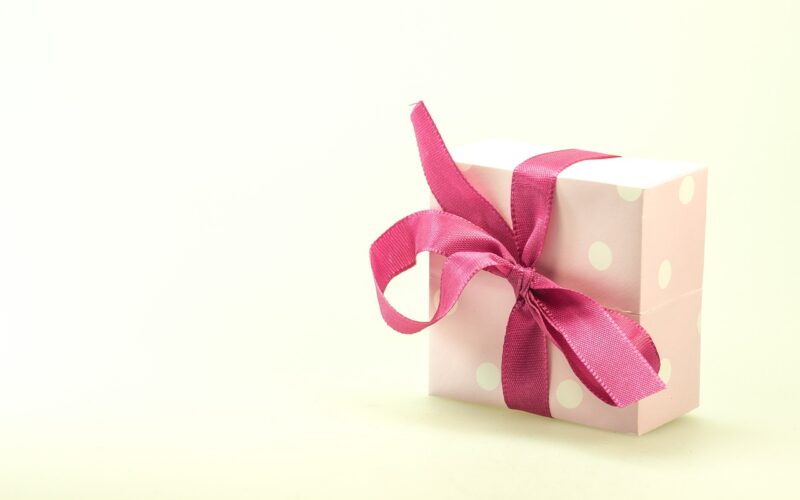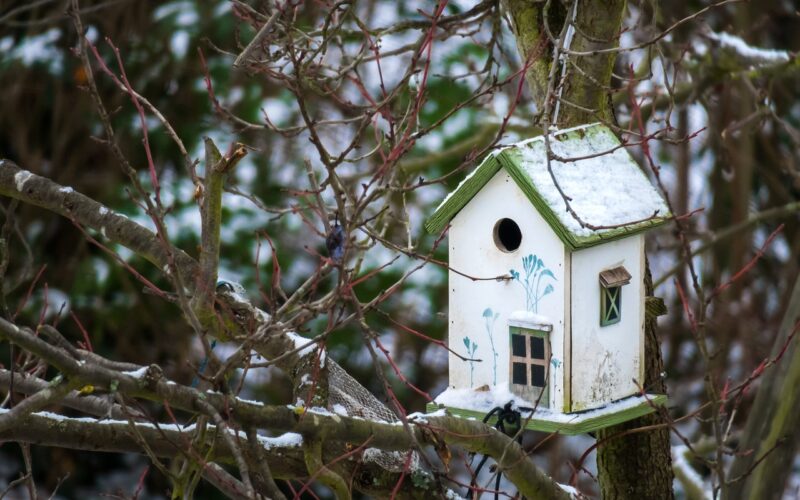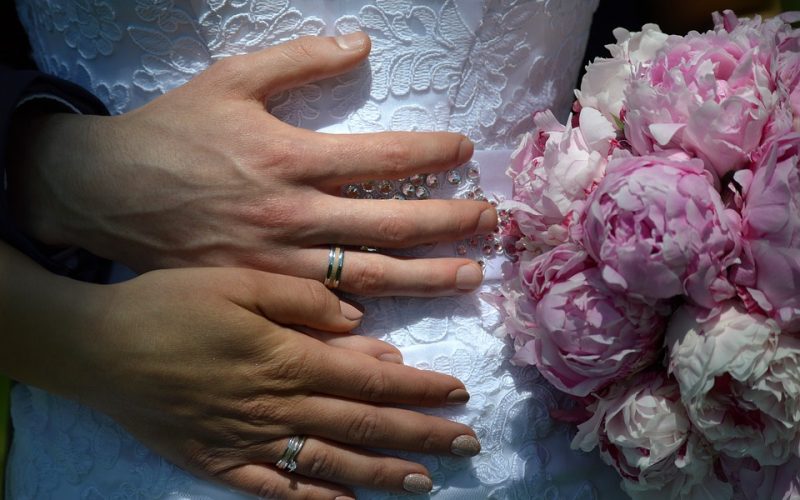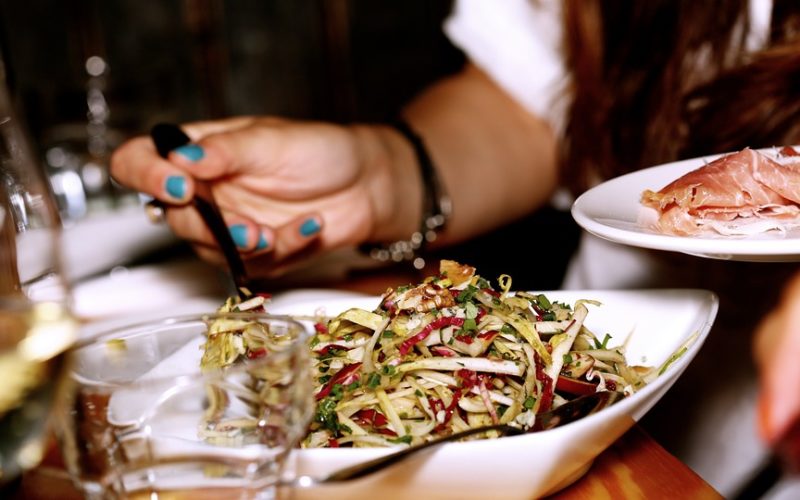Old Courting Traditions
Once upon a time, courting wasn’t just about sending text messages or going out for dinner; it was seen as an intricate ritual filled with various traditional gestures and interactions. From having the young man pick up his date on the doorstep to writing love letters, these customs were part of everyday life in past centuries. Nowadays, however, many of these traditions have fallen by the wayside and are rarely practiced.
Introducing courtship
Courtship has a long history and has evolved greatly over time. In the past, courtship was a structured process that involved a series of rituals and expectations. It was a way for individuals to demonstrate their eligibility for marriage and to establish their social standing. Courtship rituals varied greatly depending on culture, social class, and time period.
Some common courtship practices throughout history included chaperoned dates, formal introductions, gift-giving, and exchange of love letters. While courtship today may not follow these same traditions, it is still viewed as a crucial stage in romantic relationships.
The role of parents and chaperones
During the 18th-19th centuries, courtship was a carefully monitored and regulated process. Parents and chaperones played a significant role in ensuring the propriety of the courtship and the conduct of the couple involved. As courtship was largely aimed at finding a suitable partner for marriage, parents would carefully evaluate potential suitors, considering factors such as social status, religion, and financial standing.
Chaperones were essential in ensuring that the couple followed strict social conventions when interacting with each other, especially in public. This meant that any conversation between the couple had to be monitored, physical contact was carefully regulated, and any deviation from these rules could lead to censure. In this way, parents and chaperones played a vital role in the courtship process, ensuring that it was carried out with propriety and in keeping with social norms.
The power of gifts
Throughout history, people have found various ways to express their feelings and affection for one another. But perhaps one of the most universal and tangible ways of showing one's love and appreciation is through gift-giving. Gifts can take on many forms and can be given for a variety of reasons, from the simplest to the most profound. Whether it's a token of one's affection for a romantic partner, a gesture of gratitude for a friend or family member, or a way to celebrate a special occasion, gifts are a powerful way to communicate one's emotions.
From hand-crafted items to luxurious goods, gift-giving has been an integral part of human culture, connecting people across cultures and generations. While the act of giving a gift may seem small and simple, it can hold great meaning and significance for both the giver and recipient.
Marrying up vs marrying for love
In the past, for many, marriage was seen as a transaction between families rather than a choice based on love. As a result, the idea of "marrying up" was more common than marrying for love. This meant that a marriage was often arranged between two families of similar social status to ensure financial stability and social status. Marrying up was considered a way for women to improve their social status and opportunities, while for men, it meant having access to greater wealth and power.
However, over time, attitudes towards marriage have shifted, and the importance of love and emotional connection has taken precedence over social status. Today, while societal pressure to marry up still exists, individuals are more likely to prioritise finding true love and a genuine emotional connection over financial status and social standing.











